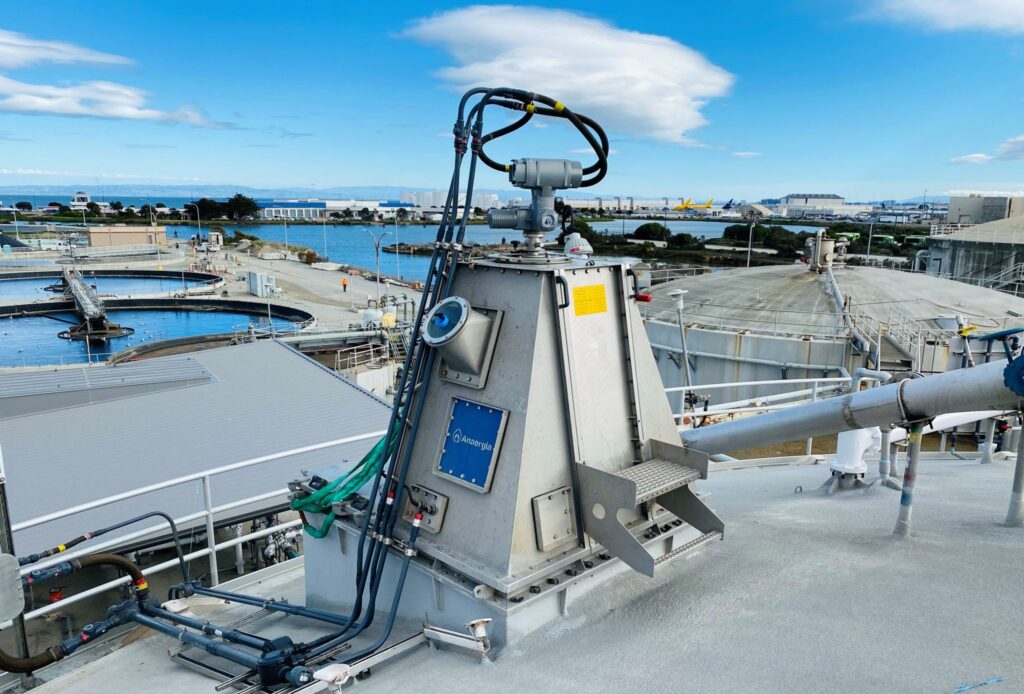Is High Solids Digestion the Best Solution for Your Wastewater Treatment Plant?
Wastewater treatment plants (WWTPs) face increasing pressure to improve efficiency, reduce costs, and minimize environmental impact. High solids digestion (HSD) is emerging as a promising solution for achieving these goals. But is it the best choice for every WWTP? Let’s explore the considerations:
What is High Solids Digestion?
High solids digestion is an advanced anaerobic digestion process that operates at higher solids concentrations compared to traditional digestion methods. It involves the breakdown of organic matter in wastewater sludge by anaerobic bacteria, producing biogas (primarily methane) and stabilized biosolids.
Factors to Consider:
1. Feedstock Characteristics:
- Sludge Composition: HSD is particularly suitable for treating sludges with high solids content, such as thickened or dewatered sludges. If your WWTP generates such sludges, HSD may be a good fit.
- Nutrient Content: Consider the nutrient content of the sludge and its potential for biogas production. HSD can efficiently recover energy from organic matter while stabilizing biosolids for safe disposal or beneficial reuse.
2. Operational Efficiency:
- Energy Production: HSD can generate significant amounts of biogas, which can be used to generate heat and electricity for on-site use or sale to the grid. Evaluate the potential energy savings and revenue streams associated with biogas production.
- Digestion Capacity: Assess whether your WWTP has the infrastructure and capacity to handle HSD processes, including digester tanks, mixing systems, and gas handling equipment.
3. Environmental Impact:
- Greenhouse Gas Emissions: HSD reduces methane emissions by capturing biogas for energy production. Evaluate the environmental benefits of reducing greenhouse gas emissions and promoting renewable energy.
- Odor Control: HSD can help mitigate odor issues associated with sludge digestion by accelerating the breakdown of organic matter and minimizing volatile organic compound emissions.
4. Economic Viability:
- Capital Investment: Consider the upfront capital costs associated with implementing HSD technology, including equipment procurement, installation, and infrastructure upgrades.
- Operating Costs: Evaluate the long-term operating costs, maintenance requirements, and staffing needs associated with HSD compared to alternative treatment methods.



